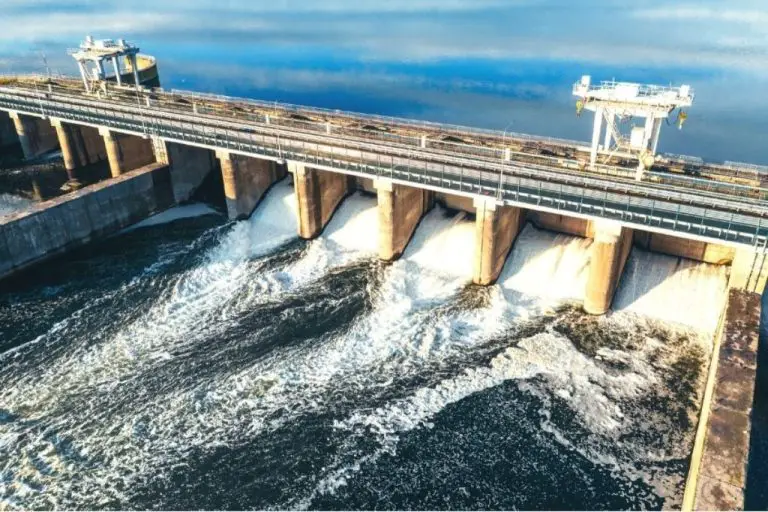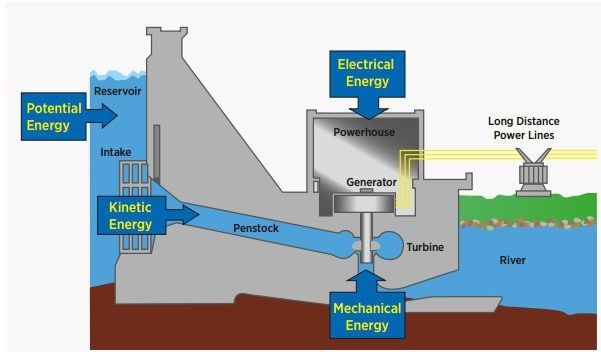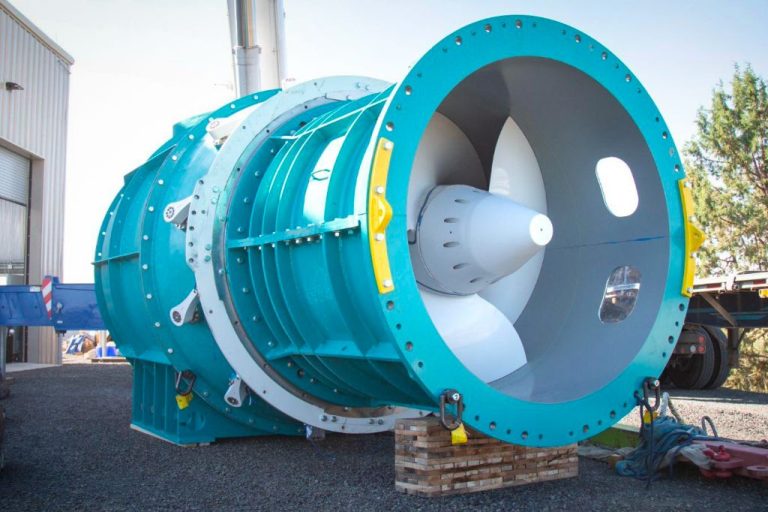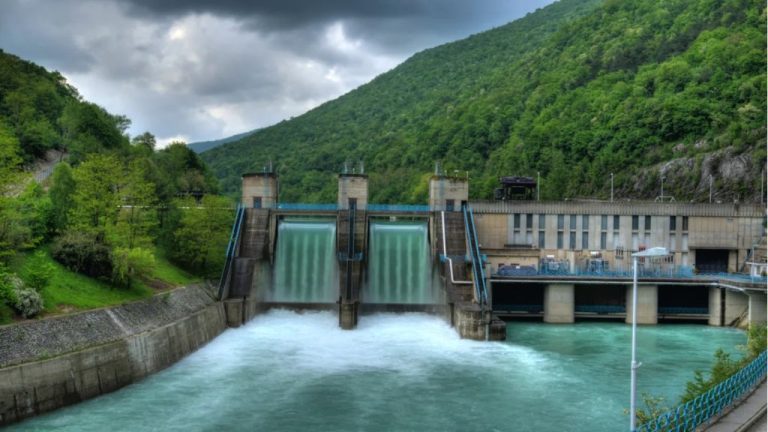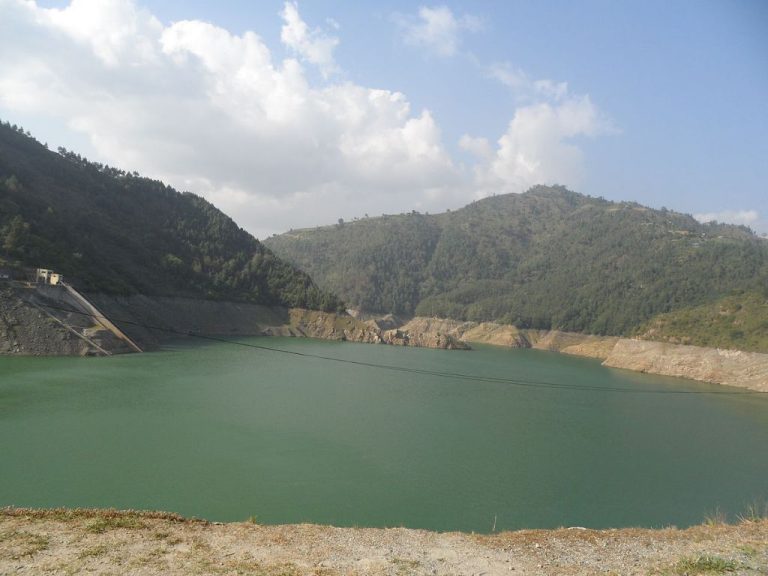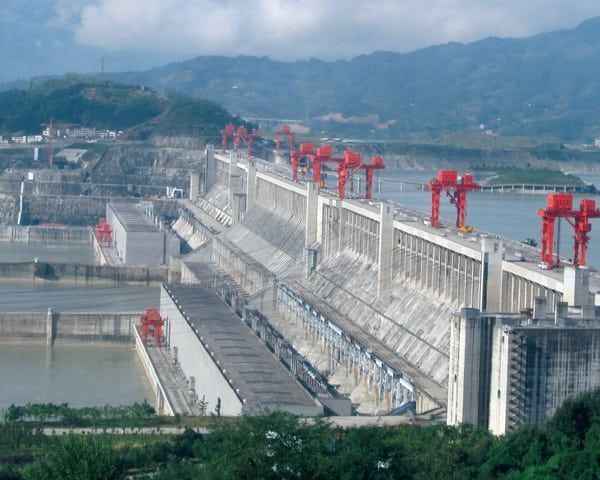How Much Hydropower Is Used In China?
Hydropower is an important renewable energy source that provides clean and reliable electricity by utilizing the natural flow of water. As the world’s largest energy consumer and carbon emitter, China has made expanding renewable energy a priority in order to meet rising electricity demand while reducing dependence on fossil fuels. The Chinese government has set ambitious goals for hydropower growth as part of its overall aim to have non-fossil fuels account for 20% of total energy consumption by 2030.
China already has the largest installed hydropower capacity in the world, providing around 30% of the country’s total electricity generation. However, experts estimate there is still significant potential to further develop hydropower resources in China’s southwestern regions. The Chinese government has supported massive investments in new large-scale hydropower dams as well as upgrades to existing infrastructure as part of national strategic plans to boost renewable energy capacity. Harnessing China’s abundant hydropower resources is seen as essential for the country to continue its economic growth while transitioning towards a more sustainable and low-carbon energy system.
Current Hydropower Capacity in China
According to the International Hydropower Association, as of 2022, China’s total installed hydropower capacity stands at around 415 GW. This accounts for over 27% of the total electricity generation in China.
China has developed its hydropower resources rapidly, with installed capacity growing from around 25 GW in 1980 to over 400 GW now. As of 2021, hydroelectric power generation was 1.3 petawatt hours, meeting roughly 16% of China’s total electricity demand.
With a vast land area and abundant water resources, hydropower plays a major role in China’s renewable energy development and electricity security. China has emerged as the world leader in terms of installed hydropower capacity.
Hydropower Potential in China
China has abundant hydropower resources due to its geographical landscape and climate. According to a 2022 study published in IOPScience, China’s theoretical hydropower potential is estimated to be around 6,944 TWh per year, with about 2,400 TWh per year considered to be technically exploitable with current technologies (Qi, 2022). This ranks China first in the world for total hydropower potential.
However, only around 22% of China’s technical hydropower potential has been developed so far. As of 2020, China had about 370 GW of installed hydropower capacity, generating around 1,260 TWh annually (Qi, 2022). This means there is still significant potential to expand hydropower in China by developing untapped resources, especially in remote western regions.
According to China’s national hydropower development plan, there is potential to install another 150 GW of hydropower capacity across the country. The focus is on developing medium and large-scale hydropower stations on large rivers as well as pumped storage hydropower projects to provide peak load and energy storage capabilities.
Major Hydropower Projects
China has several large-scale hydropower projects that generate a significant amount of the country’s renewable electricity. Here are some of the major hydropower stations:
Three Gorges Dam
The Three Gorges Dam on the Yangtze River is the world’s largest hydroelectric power station. It has an installed capacity of 22,500 MW and produces around 80-100 TWh annually, supplying electricity to Shanghai and other eastern regions. The dam is located in the Hubei province and construction was completed in 2006.
Xiluodu Dam
The Xiluodu Dam is the third largest hydro station in the world with a capacity of 13,860 MW. Completed in 2013 on the Jinsha River, this project generates 78 TWh of electricity per year. The dam is situated in Yunnan province in southwest China.
Xiangjiaba Dam
Located also on the Jinsha River upstream of the Xiluodu Dam, the Xiangjiaba project has an installed capacity of 6,448 MW. Built in sections between 2006-2014, this hydro station generates over 30 TWh of power annually, transmitted mainly to Shanghai.
Longtan Dam
The Longtan Hydropower Project is located on the Hongshui River in the Guangxi province. With a capacity of 6,426 MW, it was the largest hydro station in China when completed in 2009. Longtan produces around 23 TWh of electricity per year.
Nuozhadu Dam
On the Lancang River in Yunnan, the Nuozhadu Dam has an installed capacity of 5,850 MW. Operational since 2012, this project supplies power southwards to Guangdong province. The dam generates around 25 TWh annually.
Hydropower Growth Trends
Hydropower generation in China has seen rapid growth over the past several decades. According to the report “Development and present situation of hydropower in China” on IWA Publishing, China’s installed hydropower capacity grew from around 25 GW in 1980 to 352 GW in 2018, representing an average annual growth rate of 9% (https://iwaponline.com/wp/article/21/3/565/65977/Development-and-present-situation-of-hydropower-in).
Looking ahead, China’s hydropower capacity is projected to continue growing steadily. The IBISWorld industry report projects China’s hydroelectric power industry revenue to increase at an annualized rate of 1.5% between 2018-2023, reaching over $52 billion by 2023. This growth will be driven by increasing electricity demand as well as government policies supporting renewable energy development (https://www.ibisworld.com/china/market-research-reports/hydroelectric-power-industry/). With abundant untapped hydropower resources remaining, China is expected to continue expanding its hydropower capacity over the next decade and beyond.
Benefits of Hydropower in China
Hydropower provides many benefits as a major source of renewable, domestic energy in China. As a clean energy source, hydropower produces minimal emissions and contributes to China’s energy security by relying on domestic resources rather than imported fossil fuels.
Hydropower facilities provide critical flood control and water storage capabilities. Large dam and reservoir projects allow control over water flows, capturing water during heavy rainfall and snowmelt and releasing it during dry seasons and droughts. Reservoirs act as giant batteries by storing energy in the form of water at higher elevations, which can then be released to generate electricity on demand.
Once hydropower projects are constructed, the energy they produce has relatively low operating costs, since there are no fuel costs associated with hydroelectric generation. This makes the electricity produced at hydro facilities cost competitive over the long term.
According to the International Journal of Sustainable Built Environment, “Hydropower is advantageous over other types of power generation in terms of supply reliability and economic, social, and environmental benefits.” (Source)
Challenges of Hydropower
Despite the rapid growth of hydropower in China, there are several major challenges that have arisen. Hydropower projects can have significant impacts on local ecosystems and communities. The creation of large reservoirs leads to forced relocation of local populations, loss of land and livelihoods, and disruption of local ecosystems.
According to a 2021 report, over 23 million people have been displaced by dam construction in China since 1949 (1). There are concerns over proper compensation and support for these displaced communities.
Hydropower is also threatened by droughts and climate change impacts. As rainfall patterns shift, hydropower generation can become less reliable. Major droughts in southwest China have led to hydropower shortages in recent years (2). There are concerns whether existing facilities can maintain stable, long-term power generation.
In addition, hydropower suffers from high upfront financial costs. Massive dams and reservoirs require major capital investment and can take years before generating electricity. While long-term costs are low, the initial construction costs deter further growth of hydropower.
(1) https://chinadialogue.net/en/energy/chinas-power-system-needs-to-modernise/
(2) https://www.sciencedirect.com/science/article/pii/S1364032120309370
Hydropower Policies and Incentives
The Chinese government has implemented several policies and incentives to promote the growth of hydropower in the country. Hydropower development goals are outlined in China’s Five-Year Plans, with targets set for increases in total hydropower capacity. The 13th Five-Year Plan (2016-2020) aimed to increase hydro capacity by 60 GW, while the 14th Five-Year Plan (2021-2025) has a goal of 70 GW of new hydro capacity.
China provides subsidies and feed-in tariffs for hydropower projects to incentivize development. The feed-in tariff rate for hydropower plants under 50 MW capacity is 0.25 RMB/kWh, while the rate for plants over 50 MW is 0.15 RMB/kWh [1]. The government has also offered subsidies covering up to 50% of hydropower construction costs in certain regions like Tibet.
Other incentives include discounted lending rates and tax breaks for hydropower project developers. Preferential corporate income tax policies apply to power generation enterprises utilizing renewable sources like hydropower. The government also facilitates low-interest loans through state banks for qualified hydro projects.
Future Outlook
According to projections from the International Energy Agency, China is expected to remain the largest hydropower market through 2030, accounting for 40% of global hydropower capacity growth. The total hydropower capacity in China could reach around 480 GW by 2030. This growth will be driven by the Chinese government’s push for renewable energy and initiatives like the 14th Five Year Plan which has set a target for hydropower capacity to reach 380 GW by 2025.
While hydropower’s share of China’s electricity mix will decline as other renewables like solar and wind expand more rapidly, hydropower will continue playing a critical role in the renewable energy system. Hydropower provides vital grid stability and storage capabilities to balance the intermittent nature of wind and solar. The large-scale hydro projects underway like the Baihetan Dam (16 GW) will also boost China’s pumped hydro storage capacity to over 100 GW by 2025. With increasing variable renewable energy, hydropower’s flexibility becomes more important.
By 2050, some projections estimate China’s hydropower capacity could exceed 530 GW. The share of electricity from hydropower may decrease to around 15% as solar and wind gain greater shares. However, the total generation from hydropower will continue rising in absolute terms. Hydropower will likely remain the largest source of renewable electricity in China through 2050, playing a key role in achieving the country’s carbon neutrality goals.
Conclusion
In conclusion, hydropower is an important part of China’s electricity generation mix and has grown substantially in recent decades. China currently has the highest installed hydropower capacity in the world, and hydropower comprises around 25% of China’s total electricity generation. The country has massive remaining hydropower potential, particularly in the country’s southwest region. Major projects like the Three Gorges Dam have added significant generation capacity. While beneficial in providing clean renewable electricity, large hydropower projects have also created environmental and social impacts. Going forward, China is expected to continue expanding its hydropower capacity, both large projects and small/low-impact hydropower, as part of its national strategy to increase renewable energy and reduce reliance on fossil fuels. Developing untapped hydropower potential, especially in an environmentally and socially responsible manner, will help China meet its energy needs in a cleaner and more sustainable way.

